Rava Bath, also known as Khara Bath, is a beloved South Indian breakfast dish, made with toasted semolina, vibrant spices and vegetables.
Rava Bath, also known as Khara Bath, is a popular dish in South Indian cuisine, particularly in Karnataka and Tamil Nadu. It is a classic breakfast item and is a beloved part of the local food culture. It is similar to Upma, another popular South Indian breakfast dish. Both are light, a little bit moist, and feature crunchy bites of nuts and lentils.
Rava Bhat is often flavored with Vangi (eggplant) and other spices and it can just as well be enjoyed for breakfast or as a light meal on a hot summer day. It makes for an excellent travel or picnic food, and although it is pretty far from the traditional use, it can even be served as a delicious side to grilled fish and meats.
Rava Bath has a warm and savory flavor, with a satisfying, slightly grainy texture. It has a gentle tanginess, and just a hint of sweetness. There’s also a mild spiciness that adds a bit of a kick without being too overpowering. In short, it’s delicious.
Ingredient Notes:
Semolina (Rava):
- Description: Semolina, also known as Rava or Suji, is a coarse flour made from durum wheat. It is commonly used in Indian cooking for making dishes like upma, halwa, and various savory snacks.
- Substitute: If you don’t have semolina, you can use cream of wheat or fine cornmeal. The texture may vary slightly, but it will work as a substitute.
Tamarind:
- Description: Tamarind is a tropical fruit used in many Indian dishes to add a tangy flavor. It is typically available in paste, concentrate, or whole pods.
- Substitute: If tamarind is not available, you can use lemon juice or lime juice as a substitute. Another option is to use a mixture of equal parts vinegar and sugar.
Channa Dal:
- Description: Channa dal is split chickpeas that have been polished. It is commonly used in Indian cooking for tempering and adding texture to dishes.
- Substitute: Yellow split peas or split pigeon peas (toor dal) can be used as substitutes.
Urad Dal:
- Description: Urad dal, also known as black gram, is a type of lentil used extensively in Indian cuisine for making dishes like dosa, idli, and tempering.
- Substitute: Split mung beans or red lentils can be used as substitutes. The texture may differ slightly.
Curry Leaves:
- Description: Curry leaves are aromatic leaves used in Indian cooking to add a distinct flavor to dishes. They are commonly used in tempering.
- Substitute: If you can’t find curry leaves, you can use bay leaves for a different flavor, or leave them out entirely.
Asafetida (Hing):
- Description: Asafetida is a pungent spice used in small quantities in Indian cooking for its unique flavor and digestive properties.
- Substitute: Garlic powder or onion powder can be used as substitutes. Use them sparingly as they are stronger in flavor.
Jaggery:
- Description: Jaggery is a traditional unrefined sugar made from sugarcane or palm sap. It has a rich, caramel-like flavor.
- Substitute: Brown sugar or palm sugar can be used as substitutes.
Freshly Grated Coconut:
- Description: Freshly grated coconut adds texture and flavor to Indian dishes. It is commonly used in both sweet and savory recipes.
- Substitute: Desiccated coconut or coconut flakes can be used as substitutes. If using desiccated coconut, you may need to rehydrate it in some warm water.
Vangi Bath Powder / Bisibele Bath Powder:
- Description: Vangi bath powder and Bisibele bath powder are spice mixes used in South Indian cooking. They contain a blend of spices like coriander, cumin, fenugreek, cinnamon, cloves, and dried red chilies.
- Substitute: You can make your own spice mix using ground coriander, cumin, fenugreek, cinnamon, cloves, and red chili powder. Adjust the quantities to your taste.
Additional Ingredient Substitutes:
- Mustard Seeds: If you don’t have mustard seeds, you can use a small amount of mustard powder or leave them out entirely.
- Ghee: Ghee is clarified butter used in Indian cooking for its rich flavor. If you don’t have ghee, you can use regular butter or oil.
Recipe Notes:
- Spice Level: Adjust the amount of Vangi bath powder or Bisibele bath powder to your desired spice level.
- Consistency: Add more or less water based on your preferred consistency for the dish.
- Vegetables: Feel free to use any vegetables you have on hand. Common additions include peas, carrots, bell peppers, and beans.
- Serving Suggestion: Serve hot with lemon wedges for an added tang.

How to Make Rava Bath (Khava Bath):
Prepare the Ingredients:
- Dry Roast the Semolina:
- In a thick-bottomed pan, dry roast 1 cup of semolina over medium heat until it turns brown and fragrant. Set aside.
- Extract Tamarind Juice:
- Soak the tamarind in 2 tablespoons of water. Squeeze and extract the juice, then set aside.
Cook the Base:
- Heat Oil:
- In the same thick-bottomed pan, heat 3 tablespoons of oil or ghee over medium heat.
- Add 1 teaspoon of mustard seeds. Once they sputter, add 1/2 teaspoon channa dal and 1/2 teaspoon urad dal. Fry until the dals turn brown.
- Add Curry Leaves and Asafetida:
- Stir in 2 sprigs of curry leaves and fry for a few seconds.
- Add a large pinch of asafetida and mix well.
- Add Vegetables and Spices:
- Add 1 cup of diced vegetables (carrot, French beans, peas, green bell pepper) and 1 small finely chopped tomato (optional).
- Stir in 1/4 teaspoon turmeric, salt to taste, and 1 teaspoon jaggery. Fry for 2 minutes.
Combine and Cook:
- Add Tamarind and Water:
- Add the extracted tamarind juice and 1/4 cup of water to the pan. Cook covered for 4-5 minutes or until the vegetables soften.
- Boil with Semolina:
- Add 2 1/2 cups of water to the vegetable mixture and bring to a boil.
- Reduce the heat and gradually add the roasted semolina while stirring continuously to avoid lumps.
- Finish with Coconut and Spices:
- Add 2 tablespoons of freshly grated coconut and 1 1/2 tablespoons of Vangi bath powder or Bisibele bath powder.
- Cook covered on low heat until the water is absorbed and the semolina is fully cooked.
Serve:
- Garnish and Serve:
- Remove from heat, garnish with coriander leaves, and serve immediately with lemon wedges on the side.
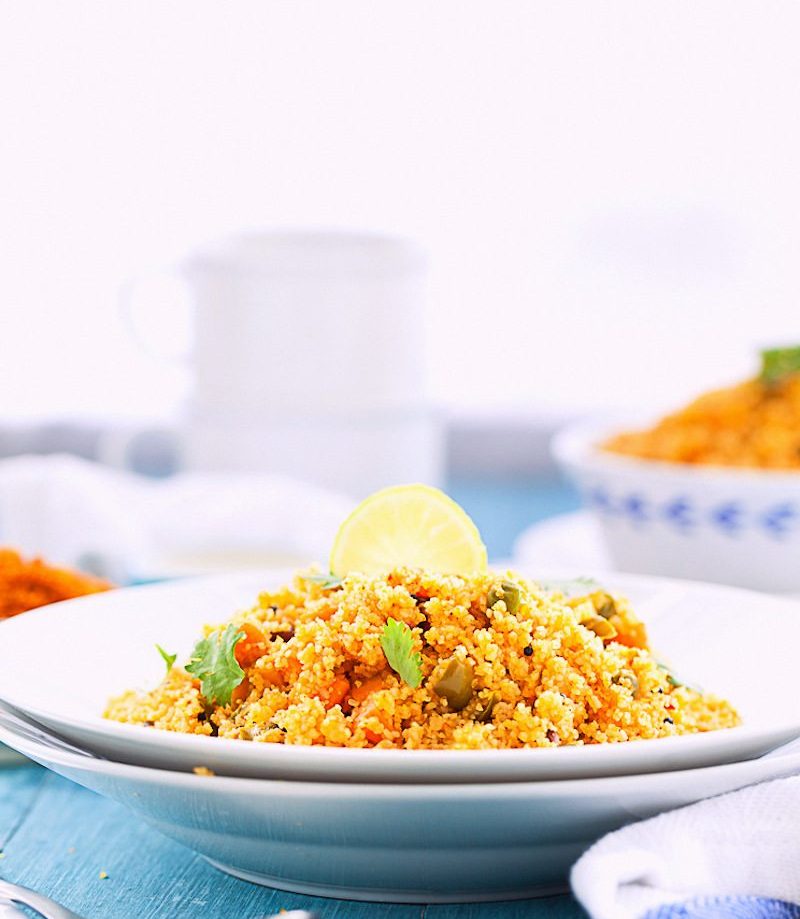
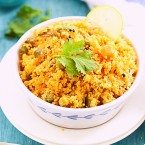
Rava Bath – Khava Bath
- Total Time: 40 minutes
- Yield: 4 servings 1x
Description
Rava Bath (Khava Bath) is a delicious and savory South Indian dish made from semolina and vegetables, perfect for breakfast or a light meal.
Ingredients
- 1 cup (150g) thick semolina (upma rawa)
- 1 small lime-sized tamarind ball, soaked in 2 tablespoons water
- 3 tablespoons oil or ghee
- 1 teaspoon mustard seeds
- 1/2 teaspoon channa dal
- 1/2 teaspoon urad dal
- 2 sprigs curry leaves
- A large pinch of asafetida
- 1 cup diced vegetables (e.g., 1 small carrot, 3-4 French beans, 2 tablespoons peas, 1 tablespoon chopped green bell pepper)
- 1 small tomato, finely chopped (optional)
- 1/4 teaspoon turmeric
- Salt, to taste
- 1 teaspoon jaggery
- 2 tablespoons freshly grated coconut
- 1 1/2 tablespoons Vangi bath powder or Bisibele bath powder
- Coriander leaves, for garnish
- Lemon wedges, for serving
Instructions
Prepare the Ingredients:
- Dry Roast the Semolina:
- In a thick-bottomed pan, dry roast 1 cup of semolina over medium heat until it turns brown and fragrant. Set aside.
- Extract Tamarind Juice:
- Soak the tamarind in 2 tablespoons of water. Squeeze and extract the juice, then set aside.
Cook the Base:
- Heat Oil:
- In the same thick-bottomed pan, heat 3 tablespoons of oil or ghee over medium heat.
- Add 1 teaspoon of mustard seeds. Once they sputter, add 1/2 teaspoon channa dal and 1/2 teaspoon urad dal. Fry until the dals turn brown.
- Add Curry Leaves and Asafetida:
- Stir in 2 sprigs of curry leaves and fry for a few seconds.
- Add a large pinch of asafetida and mix well.
- Add Vegetables and Spices:
- Add 1 cup of diced vegetables (carrot, French beans, peas, green bell pepper) and 1 small finely chopped tomato (optional).
- Stir in 1/4 teaspoon turmeric, salt to taste, and 1 teaspoon jaggery. Fry for 2 minutes.
Combine and Cook:
- Add Tamarind and Water:
- Add the extracted tamarind juice and 1/4 cup of water to the pan. Cook covered for 4-5 minutes or until the vegetables soften.
- Boil with Semolina:
- Add 2 1/2 cups of water to the vegetable mixture and bring to a boil.
- Reduce the heat and gradually add the roasted semolina while stirring continuously to avoid lumps.
- Finish with Coconut and Spices:
- Add 2 tablespoons of freshly grated coconut and 1 1/2 tablespoons of Vangi bath powder or Bisibele bath powder.
- Cook covered on low heat until the water is absorbed and the semolina is fully cooked.
Serve:
- Garnish and Serve:
- Remove from heat, garnish with coriander leaves, and serve immediately with lemon wedges on the side.
Notes
- Vegetables: Feel free to use any vegetables you prefer or have on hand.
- Consistency: Adjust the amount of water based on your preferred consistency.
- Spice Level: Adjust the Vangi bath powder or Bisibele bath powder to your desired spice level.
- Serving: Serve hot with lemon wedges for an added tang.
- Prep Time: 15 mins
- Cook Time: 25 mins
- Category: Main, Vegetarian
- Method: Stove Top
- Cuisine: Indian
Nutrition
- Serving Size: 1 Bowl
- Calories: 250
- Sugar: 5g
- Sodium: 350mg
- Fat: 10g
- Saturated Fat: 2g
- Unsaturated Fat: 6g
- Trans Fat: 0g
- Carbohydrates: 35g
- Fiber: 3g
- Protein: 5g
- Cholesterol: 0g


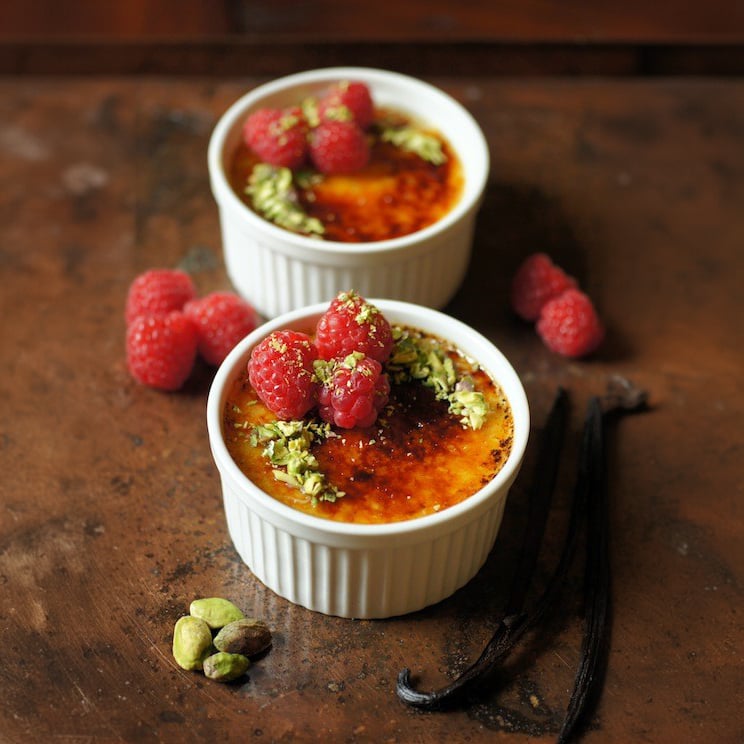
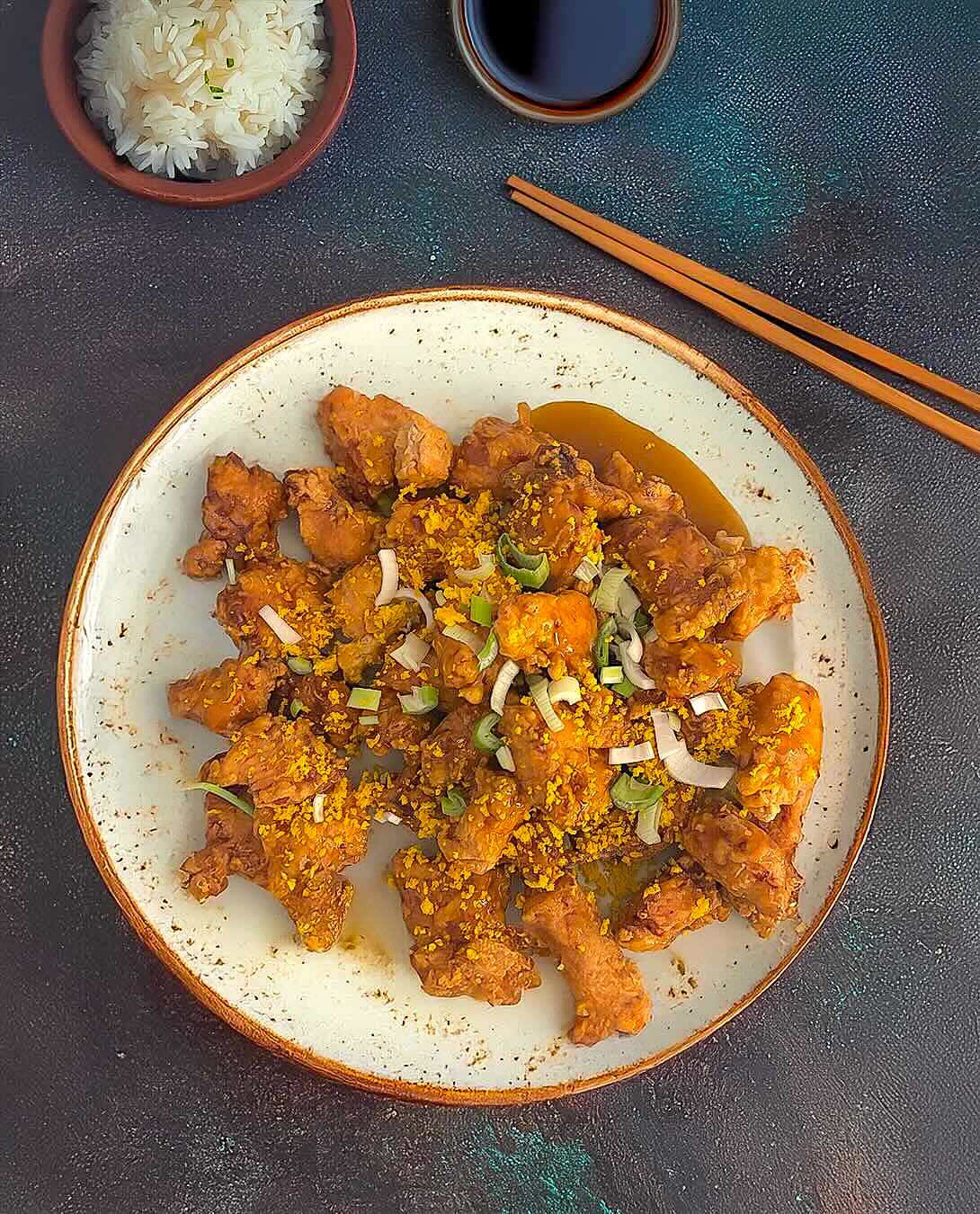
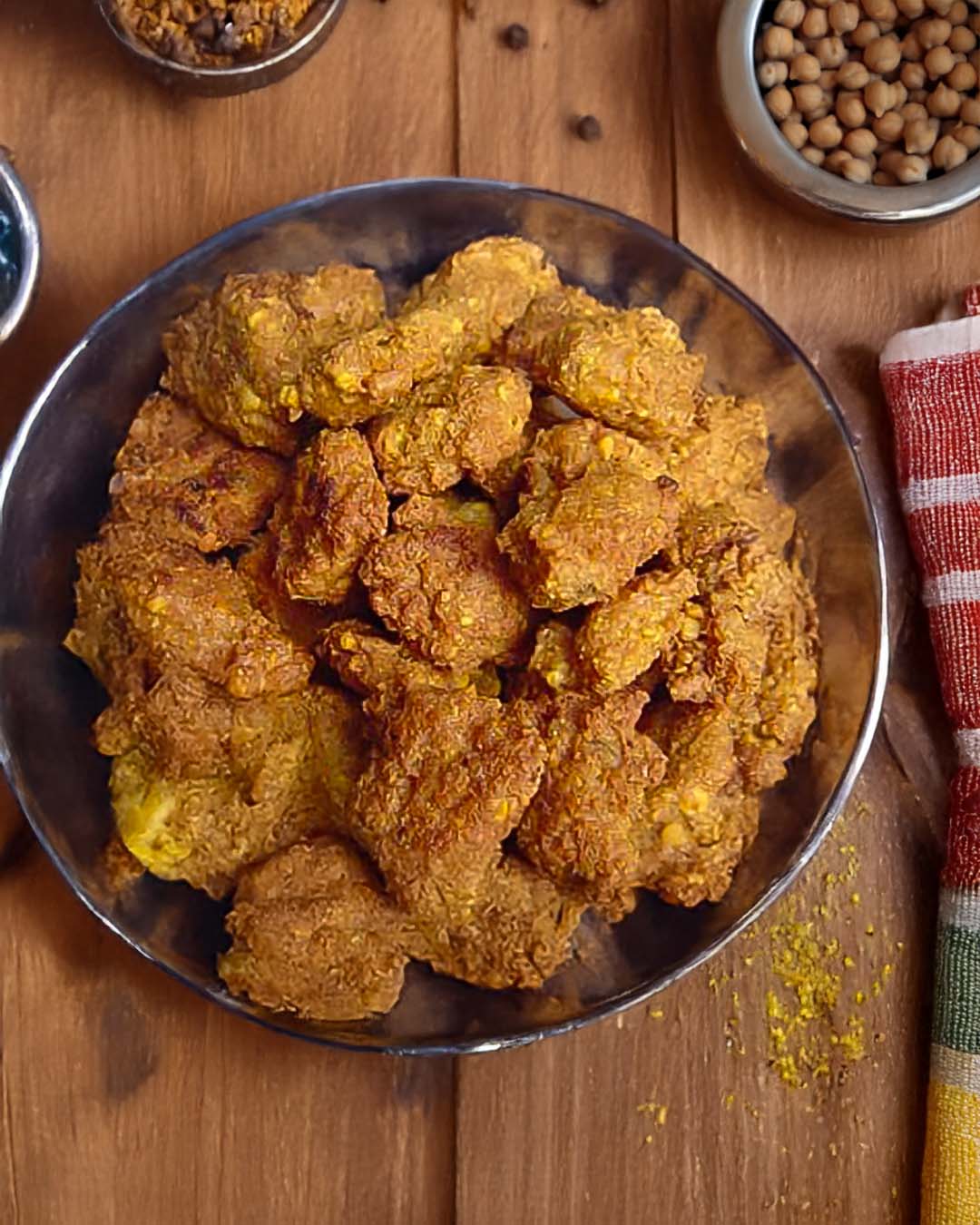

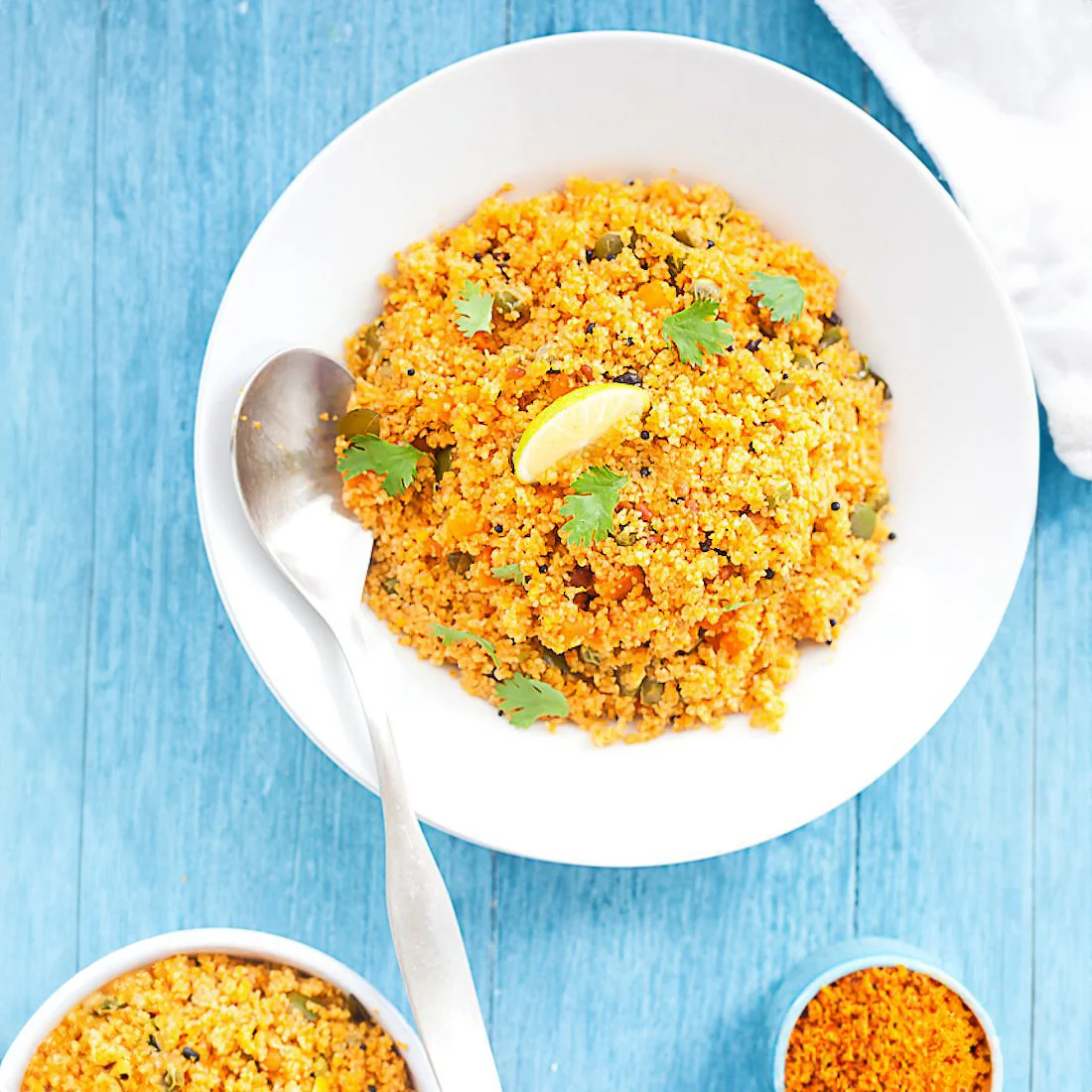
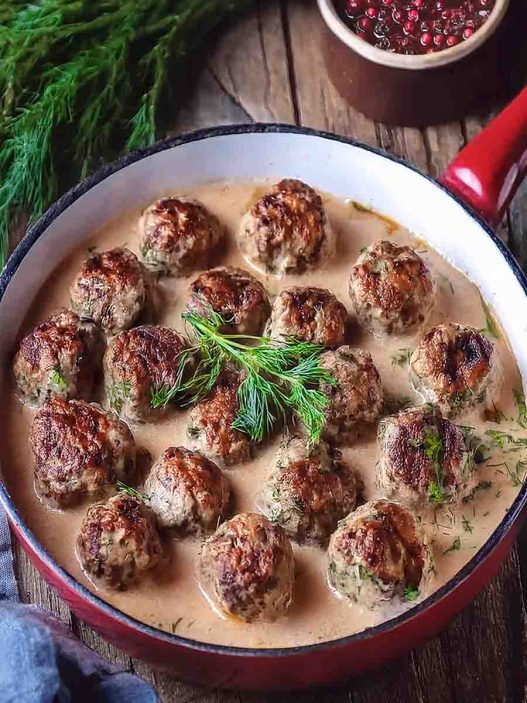
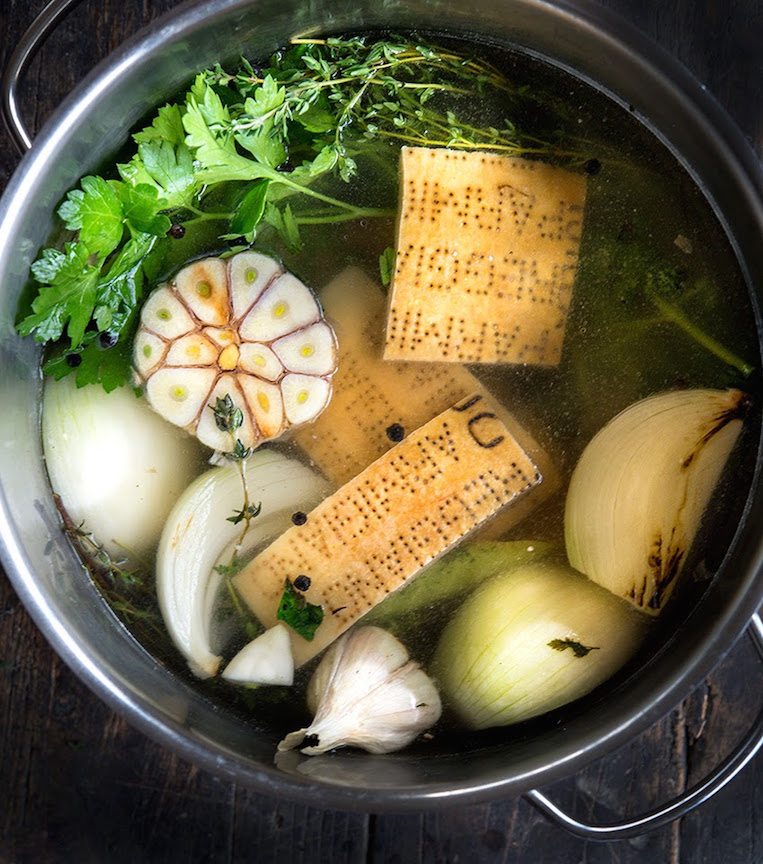

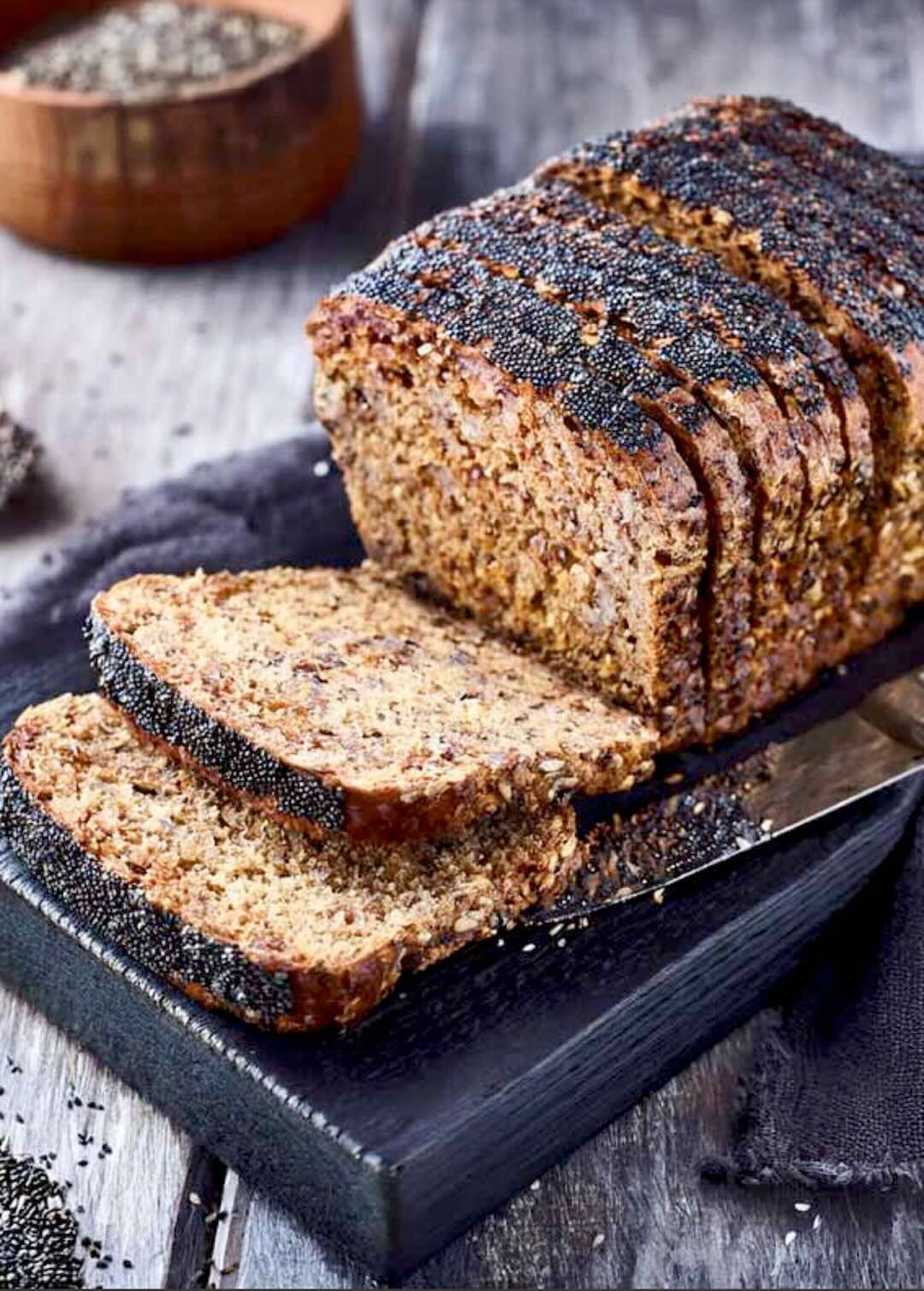
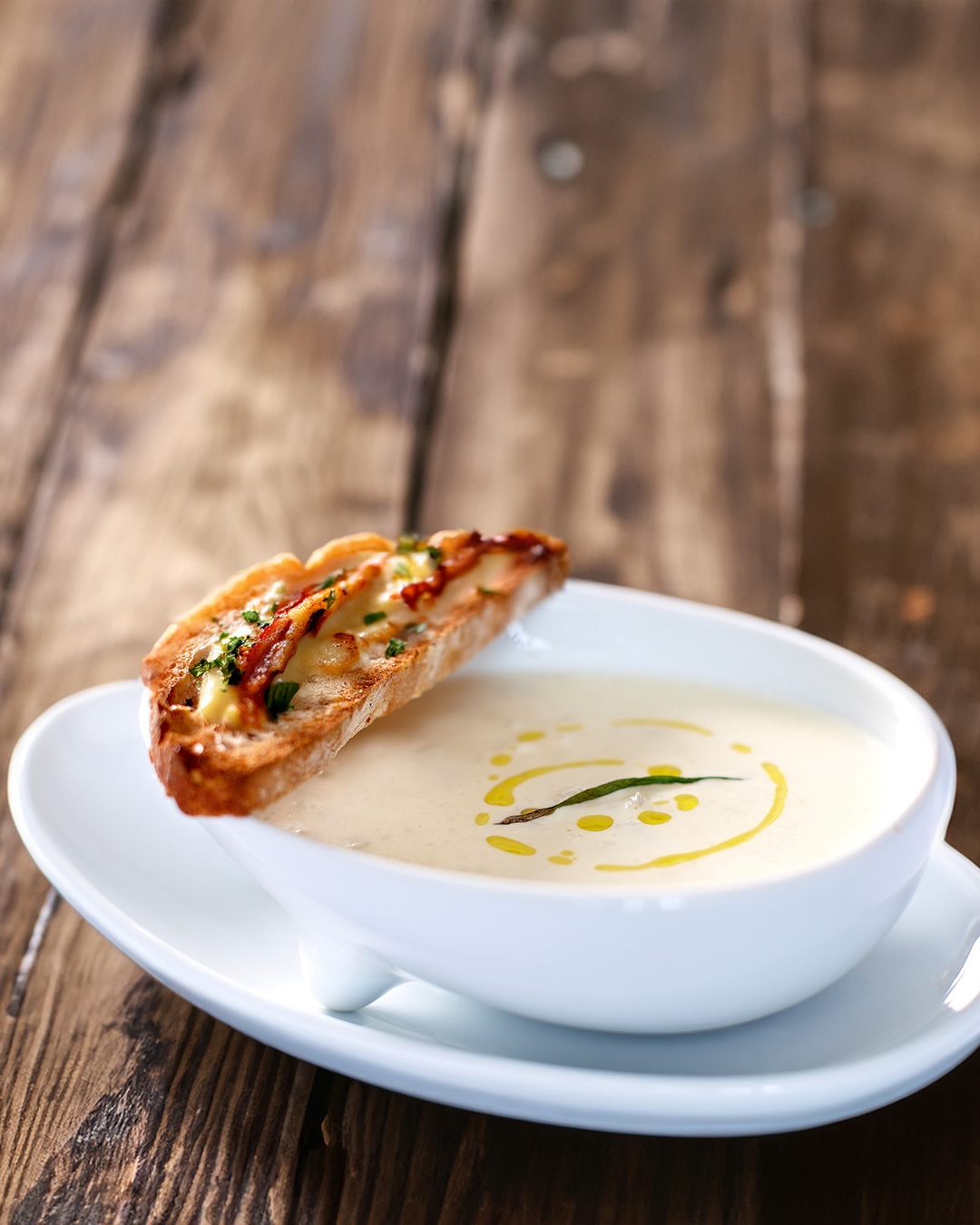
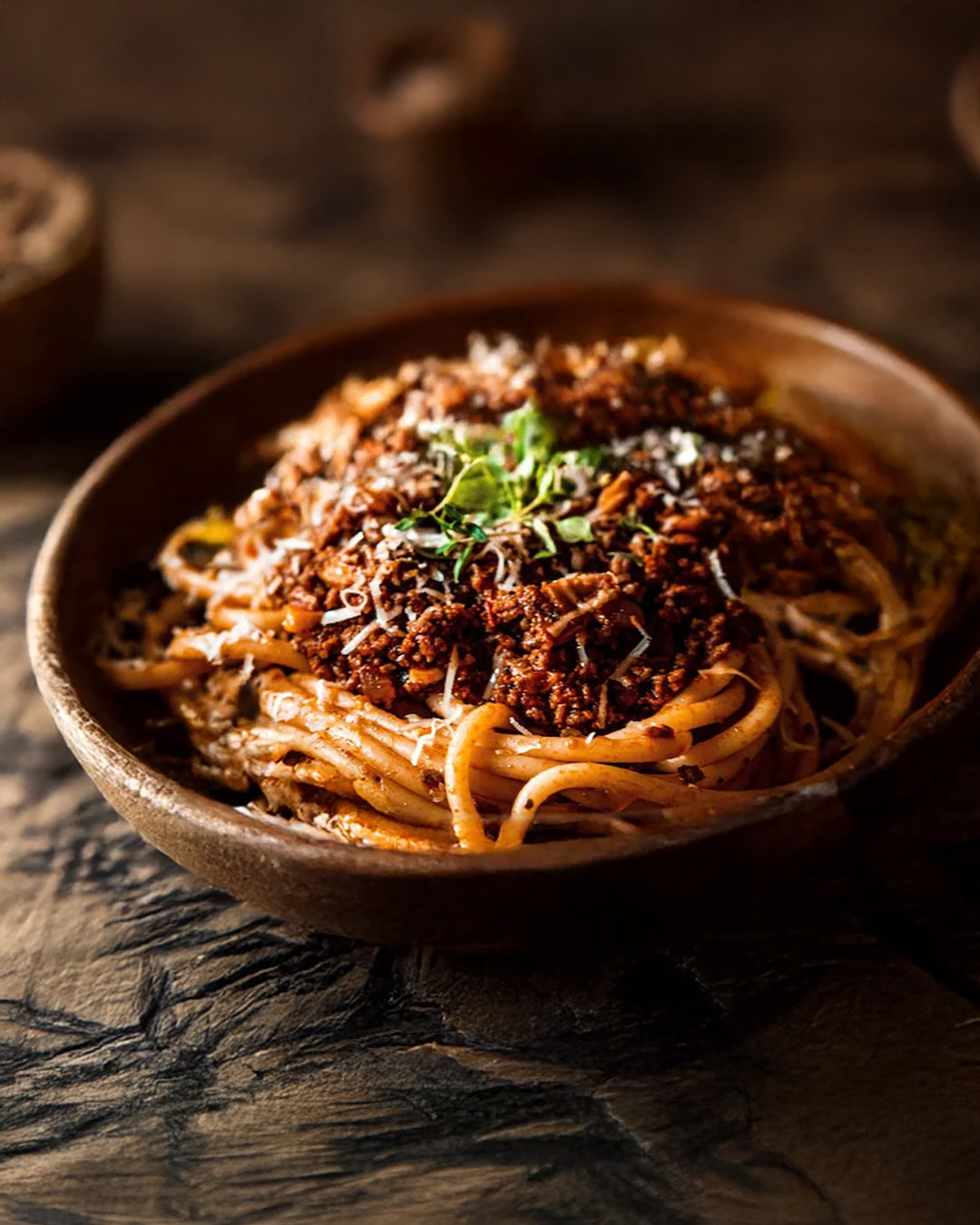
Thank you very muc.Seems like a good recipe. Will definitely try it soon. This bisi bele bath powder I have never heard of though I am Indian but the ingredients sound like sambar powder
Am I right?
Hey there! Bisi bele bath powder and sambar powder aren’t quite the same. Bisi bele bath powder includes spices like cinnamon, cloves, cardamom, and coconut, giving it a rich flavor. While they do share some ingredients, their flavor profiles are different. So, using sambar powder in place of Bisi bele bath powder won’t give you the same taste. Hope this helps! ?
Btw here are the ingredients for Bisi bele bath powder:
Coriander seeds
Chana dal (split chickpeas)
Urad dal (split black gram)
Dry red chilies
Cinnamon
Cloves
Cardamom
Fenugreek seeds
Poppy seeds
Coconut
Curry leaves
Mustard seeds
Asafoetida (hing)
Tried this Rava Bath for breakfast and it was a huuuuuuge hit! Loved the tangy tamarind flavor. Will definitely make it again.?
This dish just turned me into a morning person. Rava Bath, where have you been all my life?
I made a vegan version of this by using coconut oil instead of ghee. Turned out fantastic!
OMG, this Rava Bath is my new breakfast obsession! Who knew semolina could taste this good?! ??
As an Indian person, this Rava Bath recipe is so authentic. Reminded me of my grandma’s cooking. Will be making this often!!